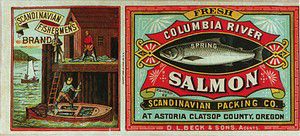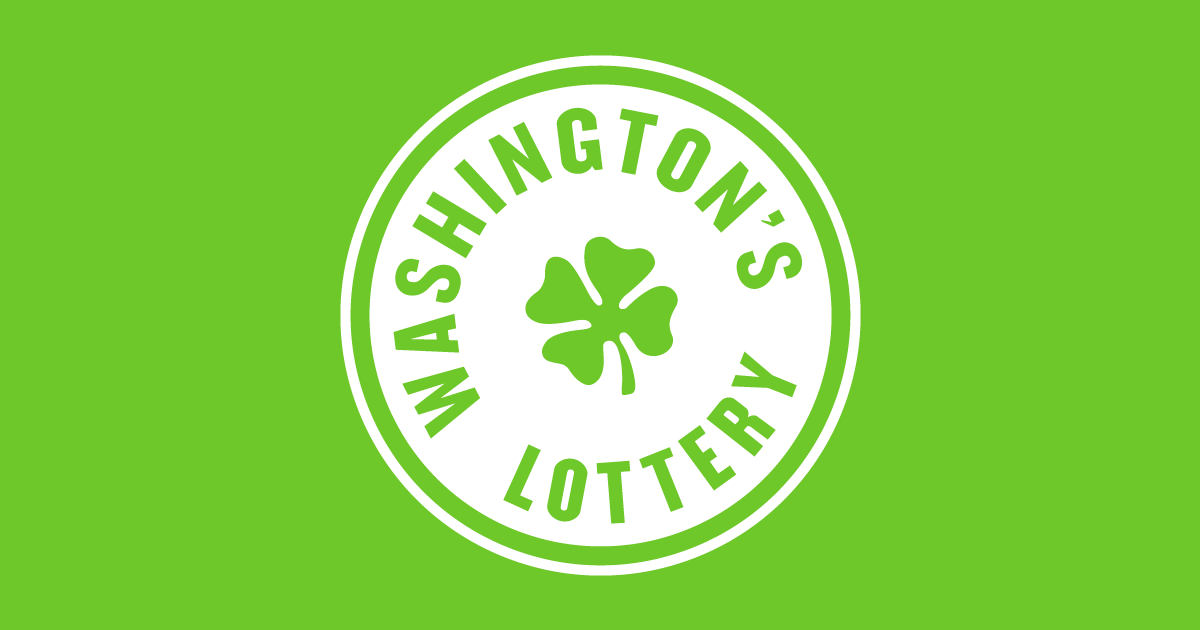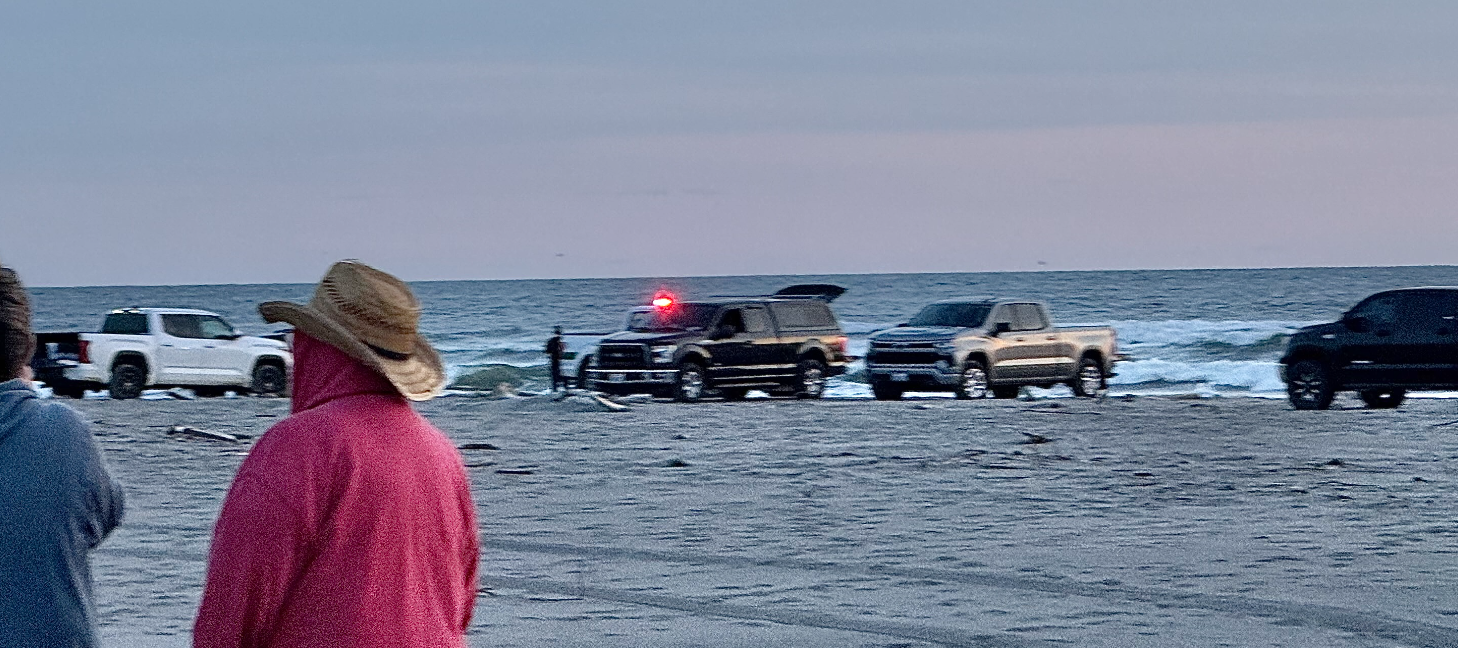Catchin’ some collectibles
Published 4:00 pm Tuesday, November 25, 2003

- An extremely rare salmon label from about 1885 celebrates local Scandinavian fishermen.
Old fishing related items are coveted by Northwest collectors
PENINSULA – In a world where people collect everything from salt and pepper shakers to toys from kids’ meals at fast food restaurants, it shouldn’t surprise anyone that fishing-related items such as wooden lures, canned salmon labels and bamboo fly fishing rods are in some ways the baseball cards of today.
“It is a phenomenon, it’s national,” said Stan Van Etten, publisher of Hunting and Fishing Collectibles Magazine. “It’s even in Canada to a pretty large degree, and Japan, too.”
Van Etten said that the trend has been growing over the last 20 years, but has “gotten a bit hotter” over the last five. He told of a wooden lure from around the turn of the 20th century that sold on eBay about nine months ago for $31,000.
“[It was] a 1900s minnow-type plug,” he said. “A guy up on the Canadian side of the border, antiques dealer, had been to an estate sale and in one box was this old lure, wooden, with glass eyes.”
Bob and Brenda Hill own and operate the Long Beach Peninsula Trading Post in Klipsan Beach, which has a wide selection of, among many, many other things, fishing-related collectibles.
“The ones that I think are the cutest, the most unusual, are the minnow traps,” said Hill recently while showing off her selection of fishing stuff. “It was hand-blown in a mold, and it has the two holes where the fish can get into the glass. I don’t get a lot of these. They’re really hard to come by now.”
The glass minnow trap, selling for $365, is just one of the items she has on display and on sale, a variety that includes wooden lures, bamboo fly fishing rods, reels and cannery labels.
“It just goes and goes,” she said.
Hill has a large selection of pictures and diningware with fish or other game painted on. One platter, made in Germany around 1910, is selling for $275.
Some of the old stuff Hill sells has practical uses today. She said she sells many old metal tackle boxes to people who use them as small furnaces while out in their boats.
“They poke holes in them and use them to put coals in to keep them warm when they’re out fishing,” she explained. “I never heard of that before.”
The Trading Post has several lures for sale, most made of wood, but a few made of whale bone. The lures sell for anywhere from $5 to $100.
“Sometimes you’ll find a mouse,” she said. “They’re in different shapes like mice or frogs.”
The price is based on its uniqueness, or how old it is or who made it. This is how she said they judge most of the items they get at the Trading Post. When judging the value of collectibles, they don’t rely on books or anything because it would “take too long to look everything up.”
“We pretty much just go by guess,” said Hill.
Hill commented that most people who buy the antique fishing stuff are usually looking to add some historical local flavor to the decor of their home.
“A lot of people have cabins and want to decorate with local things,” she said. “I like all those glass balls that come in on the beach. I like anything that’s local or has history. I think if I had a cabin in the mountains, I’d want snow skis and snow shoes. Most of the summer cabins decorate with driftwood and things off the beach and dishes with fish or seashells or something on it.”
One popular item for decoration are the unused labels from fish packing canneries. The Trading Post has several inexpensive labels for sale, some as low as $5.
“Down here, the salmon labels are the ones that people look for,” said Hill, who has some local labels for sale, all packaged in glassine sleeves.
old the labels are by identifying certain things about them, including how they were printed and marks that act as codes.
“Often on the really old ones, the glue lap – the part that ends up being covered when a label is wrapped around a can – will have clues. For instance, there may be one star, two stars – whatever – meaning it was printed in 1901 or 1902.”
Edwards, who was enamored by the artwork and history of the whole thing, spent several years on the initial project. The book included a comprehensive appendix which lists just about every person or company that ever canned salmon on the West Coast and the approximate dates when they operated.
Edwards died very suddenly and unexpectedly last year while in the process of creating a new revised edition of the book which he had been working on the last four or five years. His widow came to Winters and asked him to finish the project, which Winters said, “I was delighted to do.” She especially wanted to expand the number of full-color pictures of labels in the book.
This meant that one cannery in Astoria, for example, would often can salmon for 20 different companies with 20 different labels – although it might all be the same kind of fish.
“They’d have these huge numbers of labels shipped to different canneries, which would catch, cook and can the fish, and then they’d label them with what are called buyer’s labels.”
One of the reasons that they are so collectable is the simple fact that like many things, including fishing lures or rods or whatever, they just don’t make them the way they used to. Over the years, as the canneries closed down or merged, the labels became more generic.
“The really interesting labels died out around World War II or even after the Depression,” said Winters, who went on to say that designing and printing an artistic label was a cost that not many could or wanted to afford.
In many respects, the salmon labels were collectors items even when they were still in print. Many people who worked for the canneries, often women, would keep scrap books that featured the labels they worked with.
“Some of the oldest labels that survived come from those early collections,” said Winters.
The biggest reason that local salmon labels are so rare and collectable is because often times they would not keep the extra ones that weren’t used – many times destroying them.
“You’d come to the end of a bunch of these cans and you’d have a few labels left over,” Winters explained. “Over the years they’d accumulate and they’d have these rooms that were just filled with labels. And as the canneries went belly-up or new companies took over, they’d either burn them or throw them in the [Columbia] river.”
This is the reason that many of the labels are worth so much money now. At the Trading Post you can buy a label from an Ilwaco cannery for $10 or so. Winters said that some of the more rare ones can go for upwards of $500 to $600
“The really rare ones don’t pop up that much,” he said.
One place you might find examples of some of those more rare local labels is in Van Etten’s magazine. Local writer Patty Hardin was featured in the most recent issue with an article about collecting labels of the Pacific Northwest. There are also a large variety of ads in the back of the publication for people looking to buy or sell fishing collectibles.
“The magazine is appealing to a broad cross-section of the collecting public,” said Van Etten. “Obviously, if you put together the people who collect all these things, there is tons of this old stuff.”





